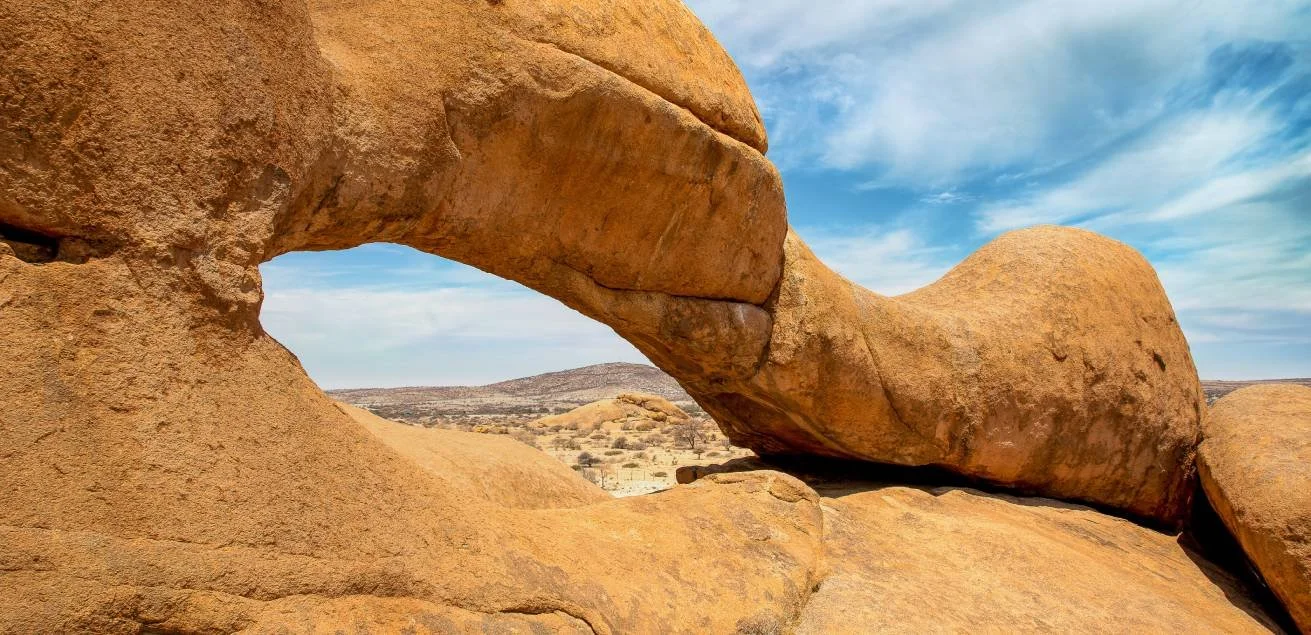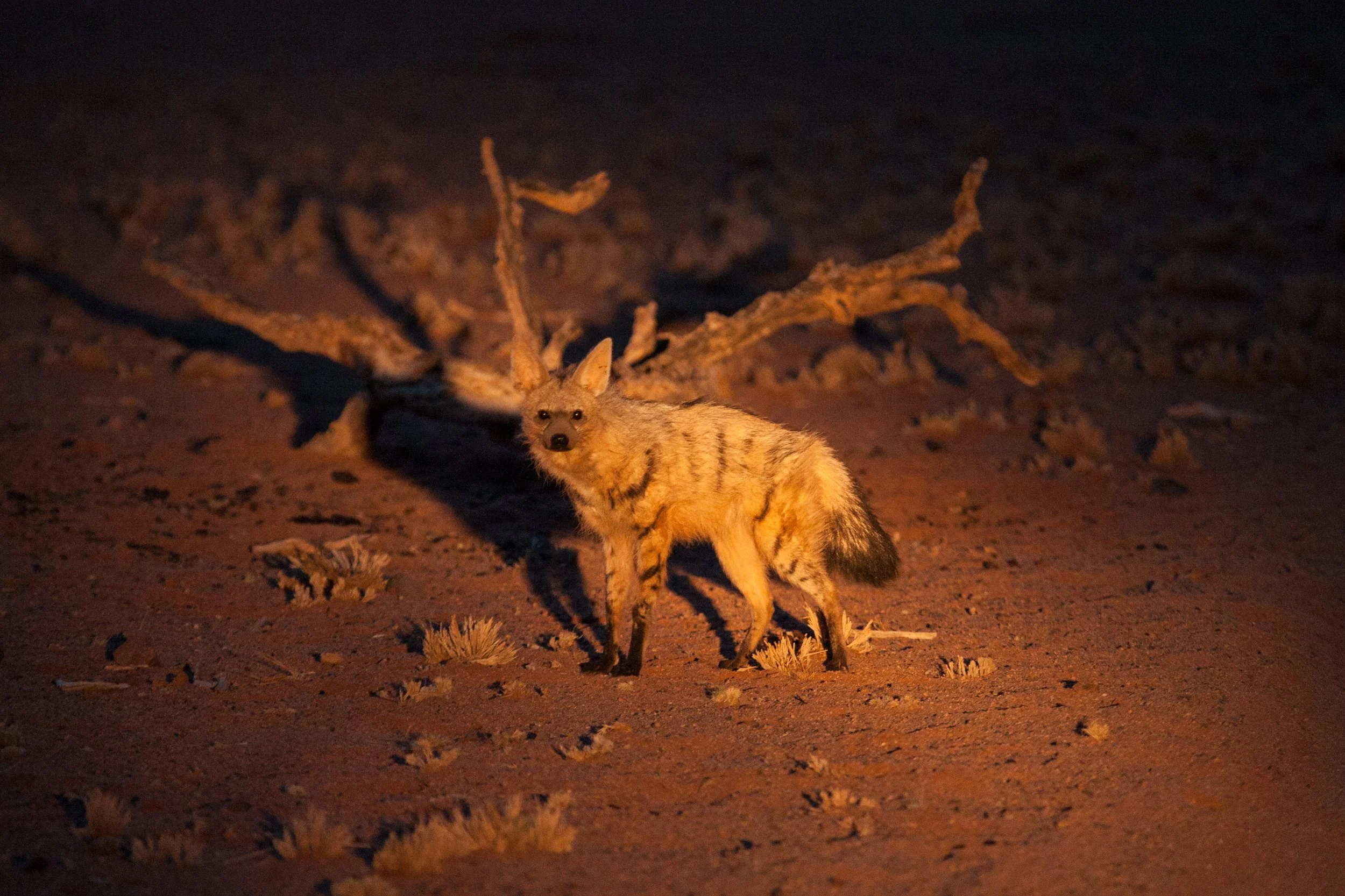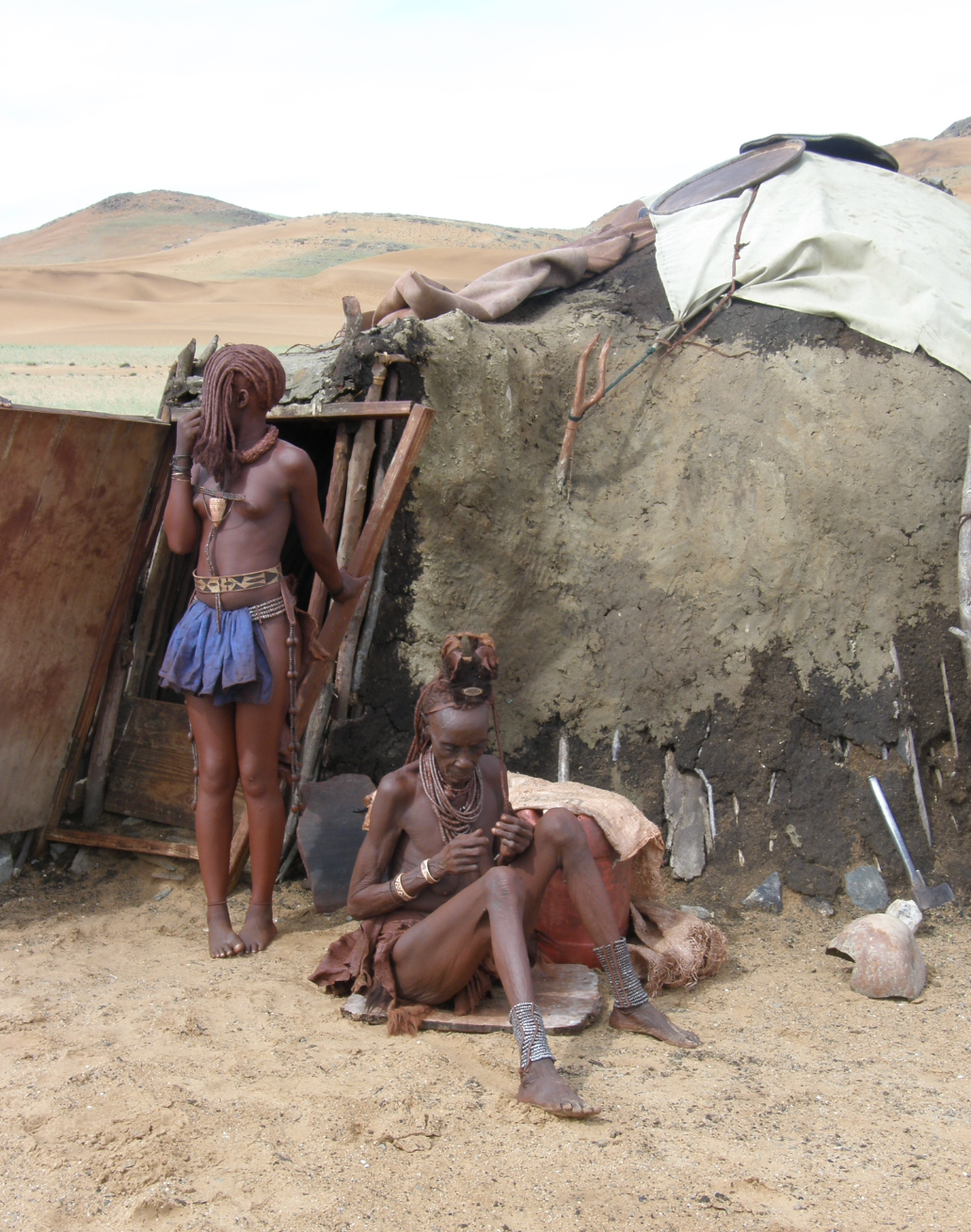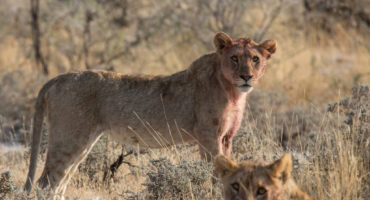Top Natural Attractions in Namibia to Experience Now
Look, we could start this with some flowery adjectives about Namibia being "Africa's best-kept secret" or whatever travel writers usually say. But here's the truth: Namibia isn't a secret anymore, and that's actually fine. What makes this place special isn't its obscurity—it's that even with more visitors showing up, the country is so vast and well-managed that you can still find yourself completely alone with some of the most ridiculous landscapes on Earth.
The natural attractions in Namibia don't need our marketing spin. Dunes taller than skyscrapers? Check. Desert elephants that somehow figured out how to survive where nothing should? Yep. Night skies so clear you'll question why you ever lived in a city. Absolutely. The country delivers on its promises without the usual overselling by the travel industry.
What's refreshing about Namibia is how it handles tourism. Instead of cramming visitors into overcrowded hotspots, the country has built a conservation model that actually works—communities manage their own land, wildlife populations are recovering, and tourism money goes where it should. It's not perfect, but it's honest about what it is.
If you're planning a trip, Next Adventure specializes in Namibia custom safaris that skip the tourist traps and focus on the real stuff.
Namibian Desert Animals of the Dunes and Salt Pans
The Namibian desert animals are basically evolution showing off. These creatures have spent millions of years figuring out how to live in a place that should, by all logic, be completely uninhabitable. The result is a collection of animals so perfectly adapted to desert life that they make regular wildlife look lazy by comparison.
Desert elephants are the obvious stars here, and they're as impressive as everyone says. These aren't just regular elephants that wandered into the desert—they've developed longer legs, broader feet, and smaller bodies specifically for sand travel. They can walk over 100 kilometers to find water, following routes their grandmothers taught them.
The desert lions are equally ridiculous in their adaptations. They've basically reinvented how to be a lion, hunting seals on the coast (yes, really) and maintaining territories so large they make Texas ranches look cramped. Their prides are smaller because the desert can't support big groups, but they've figured out how to make it work.
Gemsbok (oryx) are the ultimate desert survivors. They can raise their body temperature to match the air around them, essentially turning themselves into living thermostats. They don't need to drink water for days because they extract moisture from plants.
The smaller wildlife in Namibia is equally impressive. Bat-eared foxes use their oversized ears like air conditioners. Desert beetles harvest water from fog using their shells. Brown hyenas have turned scavenging into an art form, finding food sources across distances that would challenge a GPS.
These animals don't just survive in the desert—they thrive. Which is more than you can say for most tourists who forget to bring enough water.
Where to See the Most Striking Dunes in Namibia
The dunes in Namibia are genuinely spectacular, but let's be honest about what you're getting into. Yes, the Namibia sand dunes are some of the tallest in the world. Yes, they change color throughout the day like some kind of natural Instagram filter. And yes, you'll take approximately 847 photos that somehow never capture how massive they actually are.
Sossusvlei is where everyone goes, and for good reason. The sand dunes of Namibia here reach over 300 meters high—that's taller than the Chrysler Building, if the Chrysler Building were made of sand and constantly shifting. Big Daddy is the famous one, and climbing it is exactly as exhausting as it sounds. The view from the top is worth it, but don't let anyone tell you it's easy.
Deadvlei is the money shot—900-year-old dead trees standing in a white clay pan, surrounded by red dunes. It's the kind of place that makes you understand why people become travel photographers, even though your phone camera will never do it justice.
But here's what the guidebooks don't always mention: Sossusvlei gets crowded. If you want the classic sunrise shots without fighting for space, you need to be there early. Really early. Like, leave your lodge at 5 AM early.
The Namibian sand dunes extend far beyond Sossusvlei. The Namib Sand Sea covers three million hectares—that's bigger than Belgium, if Belgium were made entirely of sand. These dunes are constantly moving, reshaped by wind patterns that have been doing their thing for millions of years.
Dune 7 near Swakopmund is perfect if you want to try sandboarding without the long drive to Sossusvlei. It's high enough to be thrilling but accessible enough that you won't spend your entire day getting there. Plus, you can grab a beer in Swakopmund afterward, which is always a solid plan.
The thing about the sand dunes of Namibia is that they're not just pretty—they're active. They move, they change, they bury things and uncover others. You're not just looking at a landscape; you're watching geology in real time.
Stargazing in Namibia Under Africa's Clearest Skies
Stargazing in Namibia will ruin you for city skies forever. That's not hyperbole—it's a warning. Once you've seen the Milky Way stretching across the desert like someone spilled glitter across black velvet, your hometown's light-polluted sky will feel like a cruel joke.
The Namibia stargazing conditions are legitimately some of the best on Earth. The Namib Desert has minimal light pollution, extremely low humidity, and high altitude—basically everything astronomers dream about. The NamibRand Nature Reserve is an official International Dark Sky Reserve, which is the astronomical equivalent of a Michelin star.
On a clear night, you can see thousands of stars with your naked eye. The Southern Cross, the Magellanic Clouds, and Saturn's rings through basic binoculars—it's all there, just hanging out in the sky like it's no big deal. Many lodges have telescopes and guides who actually know what they're talking about.
The best time for stargazing is during the dry season (May to October), when cloud cover is minimal and the air is stable. Winter nights are particularly good because they're longer and cooler, making it more comfortable to lie on your back staring at the sky for hours.
Here's the thing about Namibia stargazing that nobody mentions: it's humbling in a way that's hard to prepare for. You'll find yourself lying in the sand, looking up at more stars than you knew existed, suddenly very aware of how small you are.
Some lodges such as Little Kulala and Kwessi Dunes, offer "star beds"—basically beds on wheels that they roll out into the desert so you can sleep under the open sky. It sounds gimmicky until you try it, and then you realize it's actually genius.
Traditional Customs and Daily Life in Namibian Culture
The Namibian culture is refreshingly complex in a world that loves to oversimplify African traditions. This isn't some monolithic "tribal culture" that travel brochures love to romanticize—it's a collection of distinct ethnic groups, each with its own languages, customs, and ways of life that have adapted to modern realities without losing their core identity.
The Himba people get most of the attention, probably because their traditional dress and ochre-covered skin make for striking photos. But reducing them to a tourist attraction misses the point entirely. The Himba have maintained their semi-nomadic lifestyle while selectively adopting modern conveniences that make sense for their environment.
The Herero culture tells a more complicated story. Their distinctive Victorian-era dresses aren't "traditional" in the way most people think—they're a cultural adaptation that emerged from colonial contact and transformed into something uniquely Herero. It's a reminder that culture in Namibia isn't static; it evolves, adapts, and sometimes incorporates outside influences in unexpected ways.
The Owambo people, who make up the largest ethnic group, have developed sophisticated agricultural and architectural traditions perfectly suited to their environment. Their traditional homesteads, built around central courtyards, represent centuries of accumulated knowledge about sustainable living.
Music is everywhere in Namibian culture, from traditional tribal beats to contemporary Kwaito—a uniquely Namibian blend of hip-hop, reggae, and African rhythms. It's not preserved-in-amber traditional music; it's living, evolving, and often surprisingly good.
The greeting customs in Namibia will slow you down, and that's the point. Extended handshakes and inquiries about family aren't just politeness—they're fundamental expressions of community connection. Rushing through greetings marks you as either rude or foreign, probably both.
Community-based tourism initiatives offer chances to experience these cultures authentically, but "authentic" doesn't mean unchanged. The best cultural experiences acknowledge that tradition and modernity coexist.
Wildlife and Community-Focused Conservation in Namibia
Conservation in Namibia actually works, which is rare enough to be worth celebrating. While other countries struggle with poaching, human-wildlife conflict, and failed conservation programs, Namibia figured out something that should be obvious but apparently isn't: give local communities ownership of wildlife, and they'll protect it.
The Namibia conservancies system covers over 20% of the country—that's 64,000 square miles managed by local communities who have legal rights to the wildlife and tourism revenue. It's not charity or feel-good environmentalism; it's practical economics. When wildlife becomes a valuable resource that communities control, former poachers become wildlife rangers.
Since 1998, this community-based approach has created 86 conservancies involving 227,000 people. The results speak for themselves: desert elephant populations have stabilized, black rhino numbers are recovering, and rural communities have diversified income sources.
The Doro !Nawas Conservancy exemplifies how this works in practice. What was once an area plagued by human-wildlife conflict is now a thriving conservation area where communities operate their own lodges, employ local guides, and generate revenue from wildlife that they actively protect.
This isn't perfect, and Namibia doesn't pretend it is. Human-wildlife conflict still exists, especially when elephants raid crops or lions kill livestock. But the conservancy model provides frameworks for addressing these conflicts while maintaining incentives for conservation.
The economic impact extends beyond direct tourism employment. Communities use conservancy revenue for schools, clinics, and infrastructure projects. It's conservation that acknowledges people need to make a living, not just preserve wildlife for outsiders.
What makes Namibian conservation refreshing is its honesty about trade-offs and its focus on practical solutions rather than idealistic preservation. It's conservation for adults, acknowledging that people and wildlife need to coexist.
Get to Know the Best Camps in Namibia's Remote Wilderness
The best camps in Namibia aren't cheap, but they definitely deliver. That's the uncomfortable truth about experiencing Namibia's remote wilderness properly—the logistics of getting comfortable accommodation into the middle of nowhere are expensive, and the Namibia camps that do it well charge accordingly.
Wilderness Little Kulala is the poster child for luxury desert camping. Positioned perfectly for Sossusvlei access, it offers climate-controlled tents with private decks overlooking landscapes that look like Mars. The camp's design incorporates traditional materials with modern amenities.
Onduli Ridge takes a different approach, combining luxury with active conservation. Located in the Doro !Nawas Conservancy, guests can participate in rhino tracking while supporting black rhino conservation programs.
Wilderness Damaraland Camp occupies prime real estate in pristine wilderness, offering access to desert elephants and dramatic landscapes. The elevated tents provide stunning views while allowing wildlife to move freely underneath—a clever design solution that works for both guests and animals.
Shipwreck Lodge provides access to one of the world's most remote coastlines, where desert meets ocean in dramatic fashion. The location allows for unique experiences like scenic flights and seal colony visits.
What these Namibia camps share is a commitment to environmental sustainability and community support. Many employ local staff, source supplies from nearby communities, and contribute revenue to conservation projects.
The remote locations provide authentic wilderness experiences increasingly rare in our connected world. Digital detox isn't optional—it's enforced by geography. Whether that's worth the cost depends on how much you value silence, dark skies, and solitude that money can still buy in a few places on Earth. Contact us at Next Adventure to explore the natural attractions in Namibia with a custom safari!






















